Home>Garden Essentials>When To Harvest Parsley Seeds
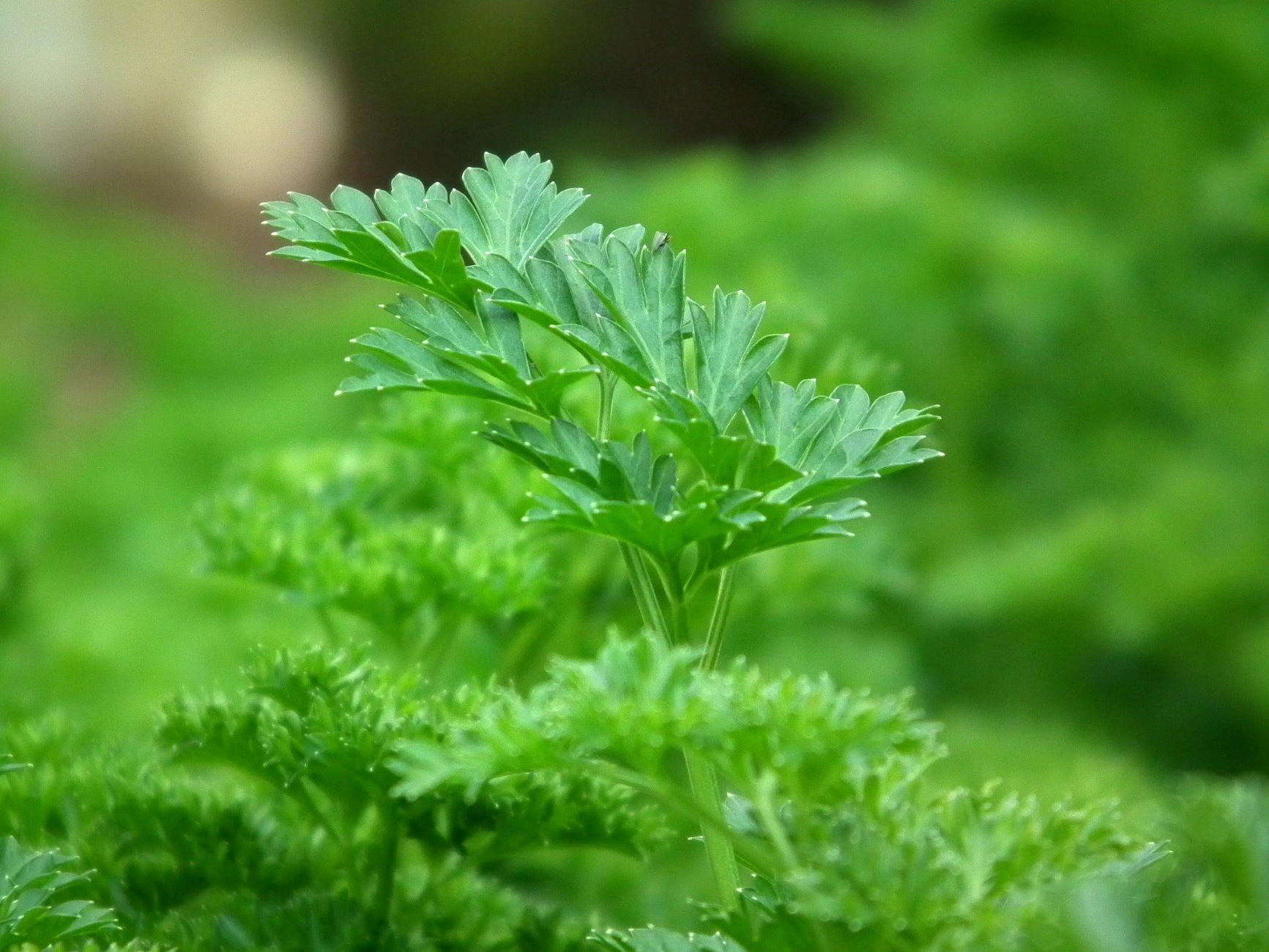

Garden Essentials
When To Harvest Parsley Seeds
Modified: March 23, 2024
Learn about when to harvest parsley seeds in your garden and ensure a successful yield. Discover the best time to pick and save your parsley seeds for future planting.
(Many of the links in this article redirect to a specific reviewed product. Your purchase of these products through affiliate links helps to generate commission for Storables.com, at no extra cost. Learn more)
Introduction
Welcome to the wonderful world of parsley seeds! If you’re an avid gardener or someone who loves to grow your own herbs, then understanding when and how to harvest parsley seeds is an essential skill to possess. Parsley, known for its vibrant green leaves and aromatic flavor, can be grown for both culinary and ornamental purposes. But it is the seeds of this versatile herb that hold the key to its ongoing cultivation.
In this article, we will delve into the process of harvesting parsley seeds, from understanding the signs of ripeness to the techniques for collection and storage. Whether you’re a seasoned gardener or just starting out, this comprehensive guide will equip you with the knowledge needed to successfully harvest and save parsley seeds for future use.
But before we jump into the harvesting process, let’s take a closer look at what parsley seeds are and why they are worth saving.
Key Takeaways:
- Harvest parsley seeds when the pods are dry, cracked open, and the seeds have turned a uniform color. Use hand-picking for small quantities and bagging and shaking for larger harvests.
- Store parsley seeds in airtight containers in a cool, dry place after cleaning and air-drying them. Test seed viability before planting for successful germination.
Read more: When To Harvest Asparagus Seeds
Understanding Parsley Seeds
Parsley seeds, also known as coriander seeds, are the tiny treasures that hold the potential for new parsley plants. They are formed when the parsley plant reaches its reproductive stage, producing flowers that eventually develop into seeds. These seeds are small and oval-shaped, with a pale green or brown color, depending on the variety of parsley.
When it comes to parsley, there are two primary types: flat-leaf parsley (Italian parsley) and curly-leaf parsley. Both types produce seeds, but they have slight variations in flavor and appearance. Flat-leaf parsley is known for its robust flavor, while curly-leaf parsley has a milder taste.
Not only do parsley seeds have the power to provide you with a continuous supply of fresh parsley, but they also hold culinary and medicinal benefits. The seeds have a slightly different flavor profile compared to the leaves, offering a nutty and aromatic taste that can enhance various dishes and herbal remedies.
Furthermore, parsley seeds are rich in antioxidants, vitamins, and minerals, making them a beneficial addition to your diet. They are believed to aid digestion, support a healthy immune system, and promote overall wellbeing.
Now that we understand the significance of parsley seeds, let’s move on to the indicators that will help us determine when they are ready for harvest.
Signs of Ripeness
Knowing when parsley seeds are ripe and ready for harvest is crucial to ensure optimal seed quality and viability. Here are some signs to look out for:
- Flower Appearance: Parsley plants will produce small, white or yellow flowers when they reach the seed stage. These flowers will gradually turn into seed pods, indicating that the seeds are developing.
- Pod Color: As the seeds mature, the seed pods will change color from green to a light brown or tan hue. This color change is a clear indication that the seeds are approaching full ripeness.
- Dryness: When parsley seeds are ripe, the seed pods will become dry and brittle. You can gently touch the pods to check for dryness. If the pods easily crack open and release the seeds, it is a good indication that they are ready for harvest.
- Seed Color and Texture: Fully ripe parsley seeds will have a uniform color and a hard, smooth texture. They should not appear green or soft, as these are signs that they are not fully matured.
It is important to note that parsley seeds do not all ripen at the same time. The flowers will bloom and produce seeds in stages, so you may need to monitor your parsley plants closely to ensure you harvest the seeds at their peak ripeness.
Now that we can identify when the parsley seeds are ripe, let’s move on to the process of harvesting them.
Harvesting Parsley Seeds
Harvesting parsley seeds requires careful attention and timing to ensure the best seed quality. Here is a step-by-step guide to help you through the process:
- Preparation for Harvest: Before you begin harvesting, make sure to select healthy parsley plants that have reached the seed stage. Allow the plants to mature and develop the flowers that will eventually turn into seed pods.
- Choose the Right Time: Monitor the seed pods closely to determine the optimal time for harvest. As mentioned earlier, the pods should be dry and easily break open, releasing the seeds. Avoid harvesting too early, as the seeds may not be fully matured.
- Harvesting Techniques: There are a couple of techniques you can use to harvest parsley seeds:
- Hand-Picking: This method involves manually plucking the dry seed pods from the parsley plant. Simply hold the plant stem firmly with one hand and use your other hand to gently pull off the seed pods. This technique is ideal if you have a small number of plants or want to selectively choose the ripest seed pods.
- Bagging and Shaking: For larger quantities of parsley plants, you can use the bagging and shaking method. Place a paper bag over the seed heads or tie a cloth bag around them to catch any falling seeds. Then, gently shake the bag to dislodge the seeds from the pods.
- Clean and Separate: Once you have collected the seed pods, it’s time to separate the seeds from the chaff. Gently crumble the dried seed heads over a clean surface to release the seeds. Use your fingers or a small brush to remove any remaining debris or plant material.
Now that we have successfully harvested the parsley seeds, let’s move on to the next important step: storing and saving the seeds for future use.
Harvest parsley seeds when the seed heads turn brown and start to dry out. Cut the seed heads and hang them upside down in a paper bag to finish drying.
Preparation for Harvest
Preparing for the parsley seed harvest is essential to ensure a successful and efficient process. Here are some important steps to take before you begin harvesting:
Monitor the Growth: Keep a close eye on your parsley plants as they grow. Look for the signs of ripeness mentioned earlier, such as the development of seed pods and the changing color of flowers. This will give you an idea of when to expect the seeds to be ready for harvest.
Select Healthy Plants: Choose parsley plants that are strong, healthy, and disease-free. These plants are more likely to produce high-quality seeds. Check the overall appearance of the plants, ensuring that the leaves are lush, and there are no signs of pests or diseases.
Allow for Adequate Seed Development: To ensure the seeds have ample time to develop, avoid harvesting parsley plants too early. Let them go through their natural growth cycle, allowing the flowers to transform into seed pods. This will give you the best chance of harvesting fully ripened seeds.
Prepare Harvesting Tools: Gather all the necessary tools and materials you will need for the harvest. This includes a pair of pruning shears, paper or cloth bags, a clean surface or tray for seed separation, and any additional items you prefer to use in the process.
Choose an Optimal Harvest Day: Select a day for harvest when the weather is dry and sunny. Moisture can affect the quality of the seeds and increase the chances of mold or rot. Harvesting on a bright, dry day will ensure the seeds are in their best condition.
By taking these preparation steps, you’ll be well-prepared and primed for a successful parsley seed harvest. Now, let’s explore the different techniques you can use to effectively harvest the parsley seeds.
Read more: When To Harvest Cucumber Seeds
Harvesting Techniques
When it comes to harvesting parsley seeds, there are a few techniques you can employ depending on your preference and the number of plants you have. Here are two common methods:
Hand-Picking: This technique is ideal for small-scale gardening or when you want to selectively choose the ripest seed pods. It requires a bit of patience and precision, but it allows you to carefully handle the plants. Follow these steps:
- Gently hold the parsley stem with one hand to stabilize it.
- Using your other hand, delicately grasp the dried seed pods at the top of the stem.
- Apply a slight twisting motion while pulling the seed pods away from the stem.
- Place the harvested seed pods in a bag or container to prevent any loss of seeds.
Bagging and Shaking: This technique is more suitable for larger quantities of parsley plants. It allows you to collect a significant number of seeds efficiently. Here’s how to do it:
- Place a paper or cloth bag over the seed heads of the parsley plants or tie the bag around them securely.
- Hold the bag in place with one hand and firmly shake the bag or gently tap the seed heads with your other hand.
- This action will cause the mature seeds to dislodge from the seed pods and fall into the bag.
- Continue shaking or tapping until you’ve collected an adequate amount of seeds.
Both techniques are effective in harvesting parsley seeds, so choose the one that suits your needs and the scale of your gardening endeavors. Now that you have harvested the seeds, let’s explore the next important step: storing and saving them for future use.
Storing and Saving Parsley Seeds
Proper storage is crucial to preserve the viability and freshness of parsley seeds for future use. Follow these steps to ensure the longevity of your harvested seeds:
- Cleaning and Drying: Before storing the parsley seeds, make sure to clean them thoroughly. Remove any remaining debris or plant material by gently crumbling the dried seed heads over a clean surface. Use your fingers or a small brush to separate the seeds from the chaff.
- Air-Drying: Once the seeds are clean, allow them to air-dry completely. Spread them out in a single layer on a tray or a screen for a few days in a well-ventilated area. Make sure the seeds are completely dry before proceeding to the next step.
- Storage Containers: Choose suitable containers for storing the parsley seeds. Opt for airtight glass jars or resealable plastic bags that can effectively protect the seeds from moisture, sunlight, and pests. Label the containers with the seed variety and the date of harvest for easy identification.
- Cool and Dry Environment: Store the seeds in a cool, dry place away from direct sunlight and extreme temperature fluctuations. A pantry or a basement shelf is an ideal location. Avoid storing seeds in a moist or humid environment, as it can reduce their viability.
- Seed Viability and Testing: Parsley seeds can remain viable for 1-3 years if stored properly. However, it is recommended to test the seeds for germination before planting them in large quantities. To do this, place a few seeds on a moist paper towel and observe if they sprout within a specific timeframe.
By following these storage guidelines, you can maintain the quality and viability of your parsley seeds, ensuring a successful planting season in the future.
Remember, saving parsley seeds not only allows you to cultivate a steady supply of fresh herbs but also gives you the opportunity to share seeds with fellow gardeners or save seeds for future generations. It’s a rewarding and sustainable practice that connects you to the cycles of nature and the joy of growing your own food.
With this comprehensive guide, you now have the knowledge and tools to confidently harvest, store, and save parsley seeds. Enjoy the process and reap the rewards of your efforts in the garden!
Conclusion
Harvesting parsley seeds is a gratifying experience that allows you to not only enjoy fresh herbs but also continue the cycle of growth and abundance in your garden. By understanding the signs of ripeness, following the correct harvesting techniques, and storing the seeds properly, you can ensure the longevity and viability of your parsley seeds.
Parsley seeds, with their aromatic flavor and numerous health benefits, are sought after by both culinary enthusiasts and herbal remedy enthusiasts. By learning how to harvest and save these precious seeds, you are empowering yourself to have a constant supply of this versatile herb for your culinary creations and wellness rituals.
Remember to monitor your parsley plants closely and choose the right time to harvest, ensuring that the seed pods are dry, pods are cracked open, and seeds have turned a uniform color. While hand-picking is ideal for selective harvesting, the bagging and shaking method is suitable for larger quantities.
Properly storing and saving parsley seeds is essential to maintain their viability and freshness. Clean and dry the seeds thoroughly before storing them in airtight containers in a cool, dry place. Regularly test the seed viability to ensure successful germination in the future.
By following these steps, you will be able to enjoy a continuous supply of parsley seeds and share them with fellow gardeners, promoting the beauty of sustainability and self-sufficiency.
So, venture into your garden, embrace the beauty of parsley plants, and embark on your journey of harvesting and saving their seeds. With a little knowledge, care, and patience, you can unlock the magic of parsley seeds and experience the joy of growing your own herbs.
Happy harvesting!
Frequently Asked Questions about When To Harvest Parsley Seeds
Was this page helpful?
At Storables.com, we guarantee accurate and reliable information. Our content, validated by Expert Board Contributors, is crafted following stringent Editorial Policies. We're committed to providing you with well-researched, expert-backed insights for all your informational needs.
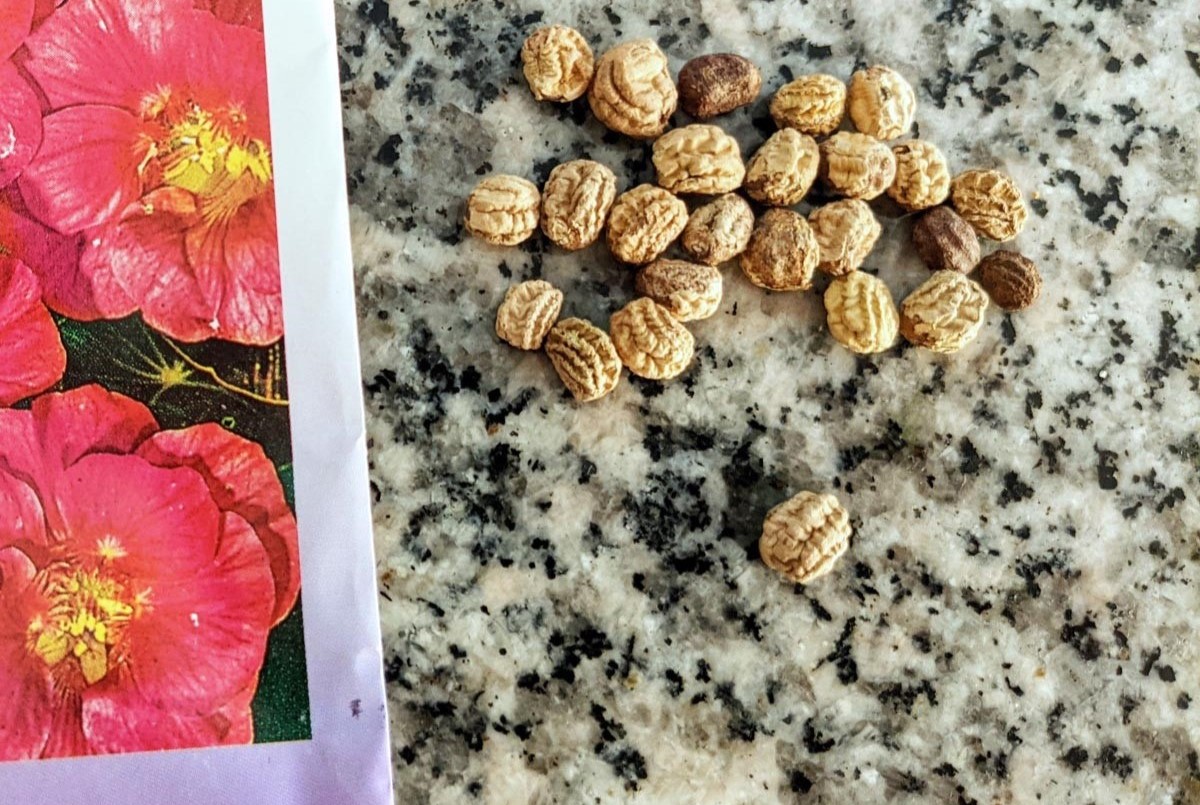
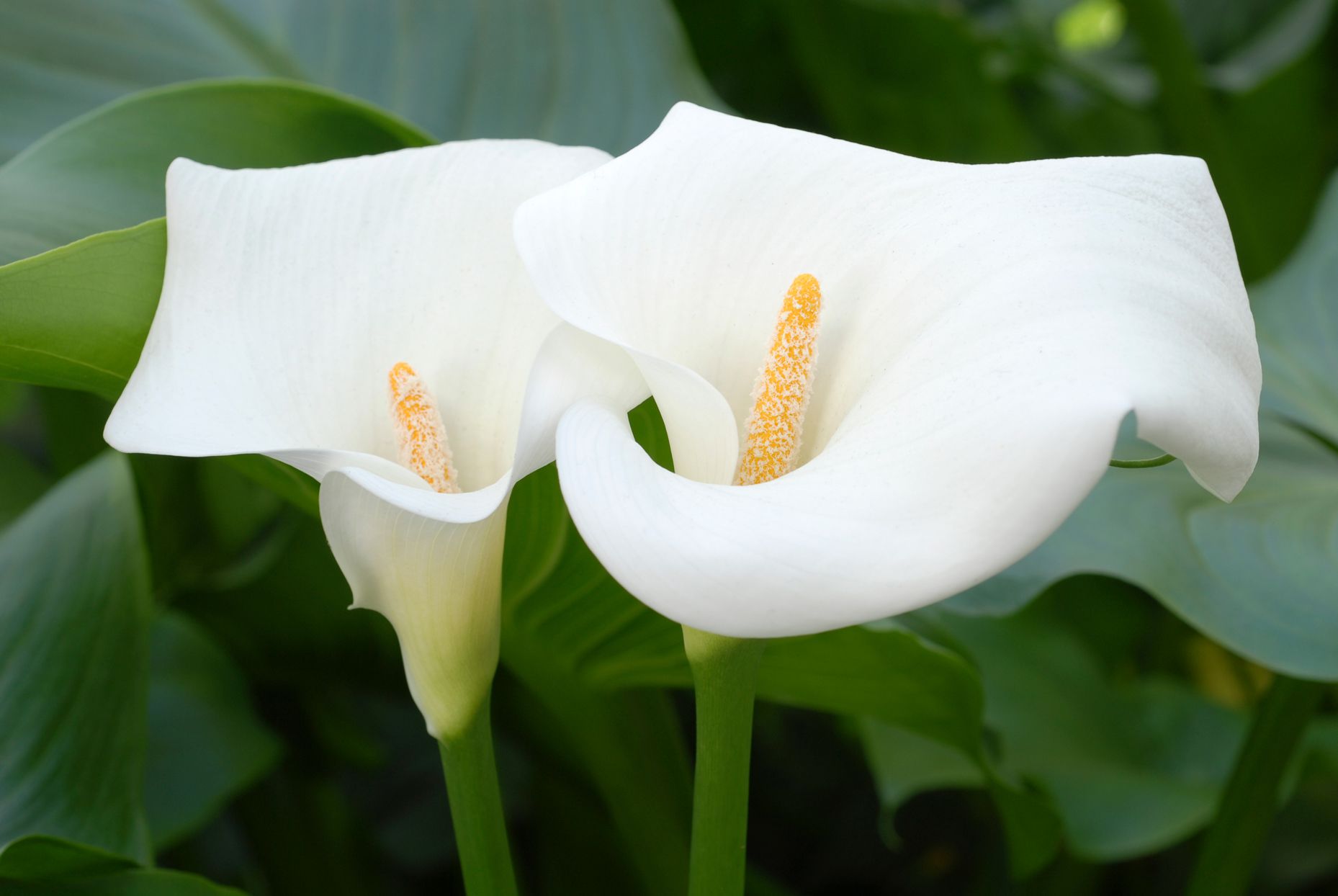
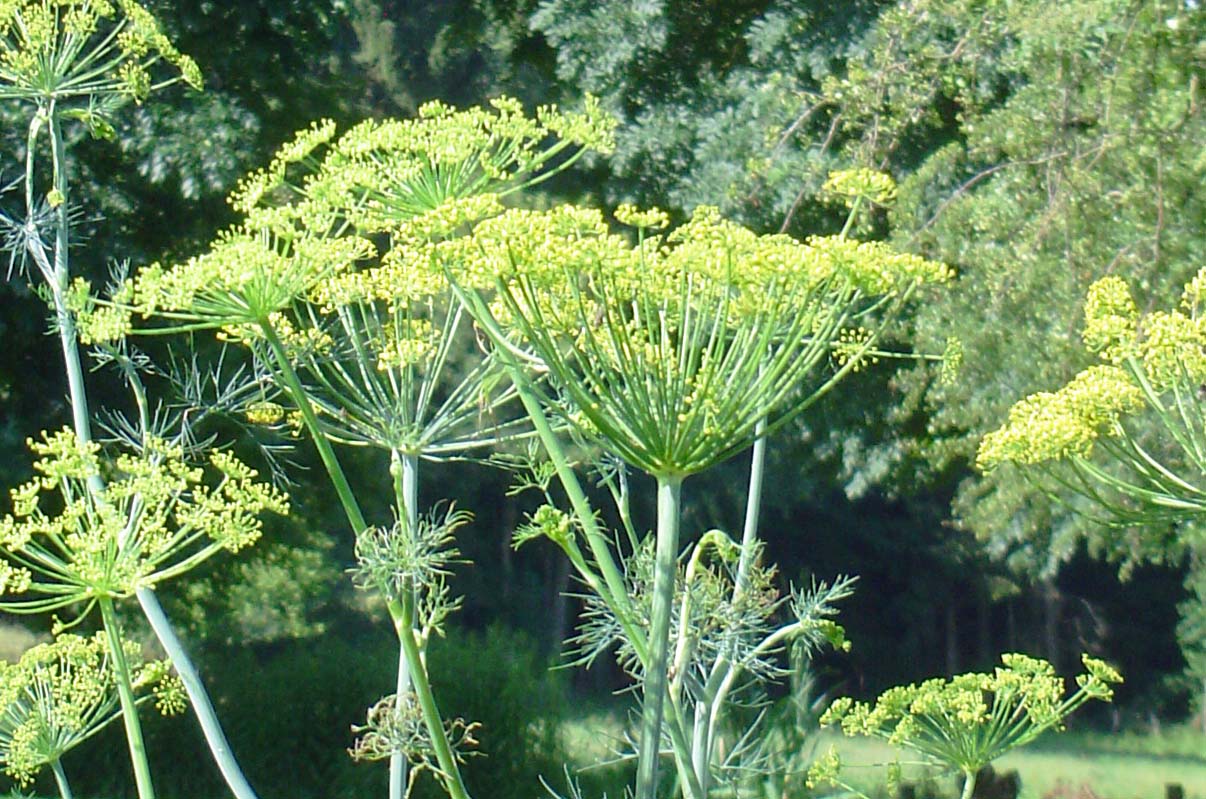
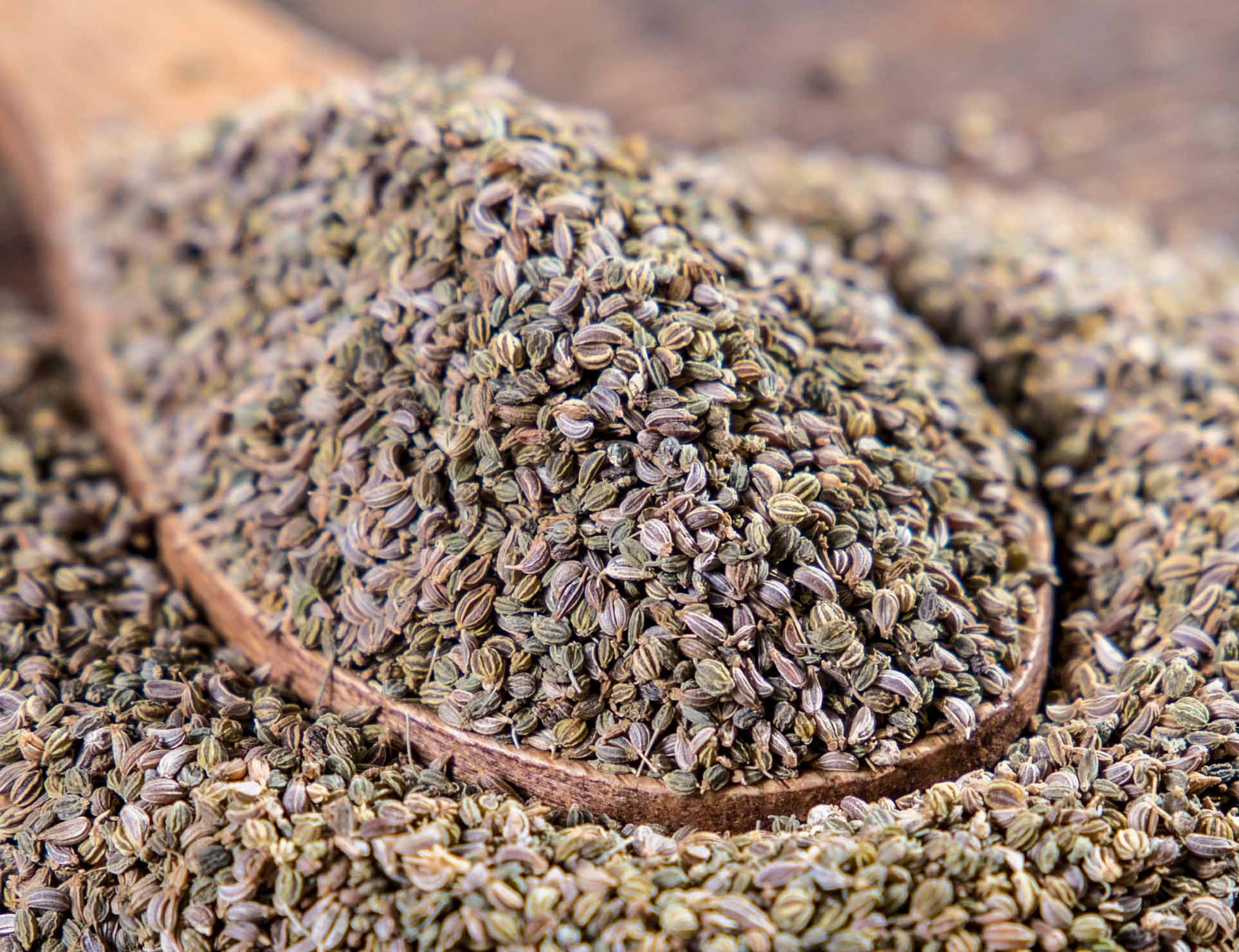
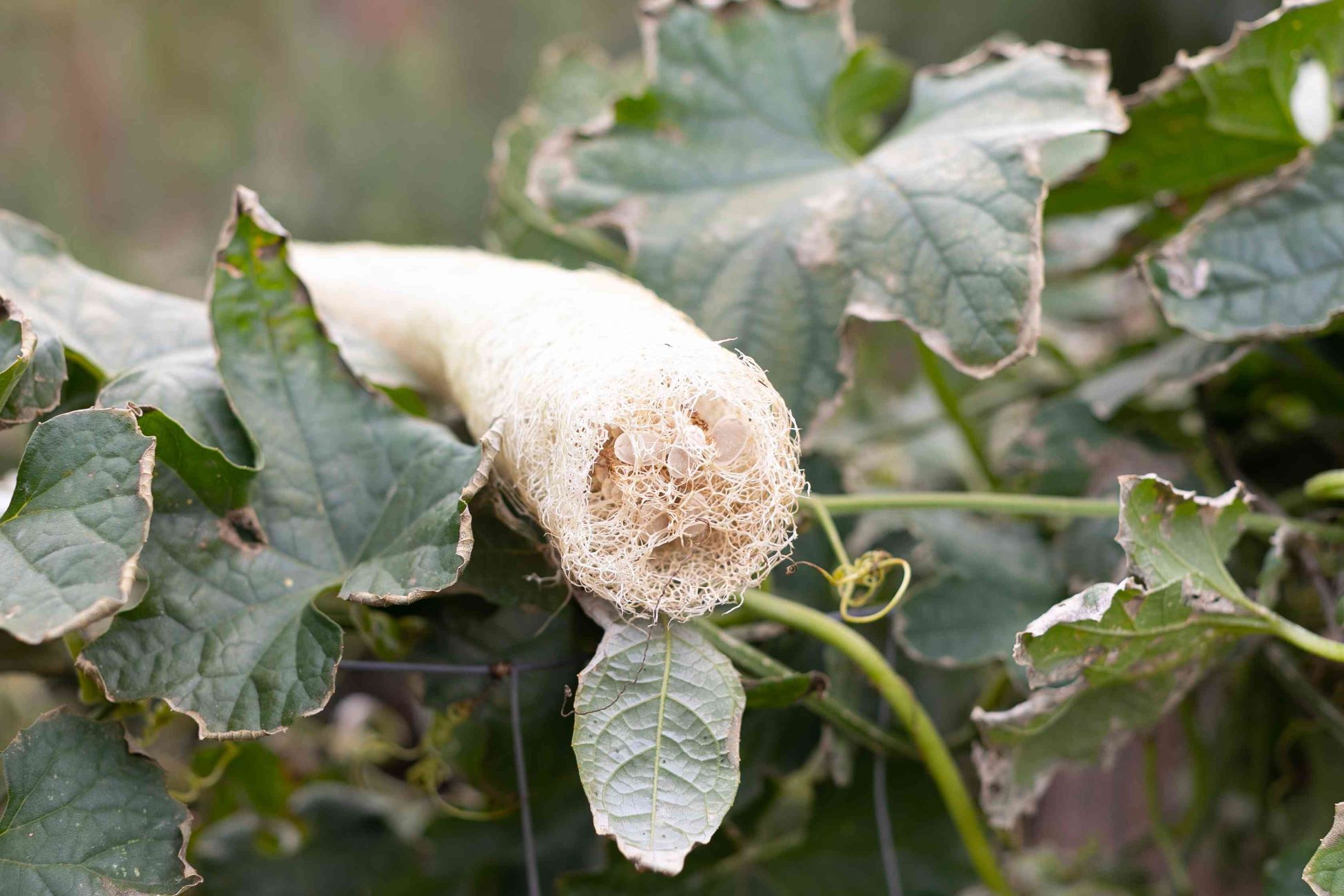
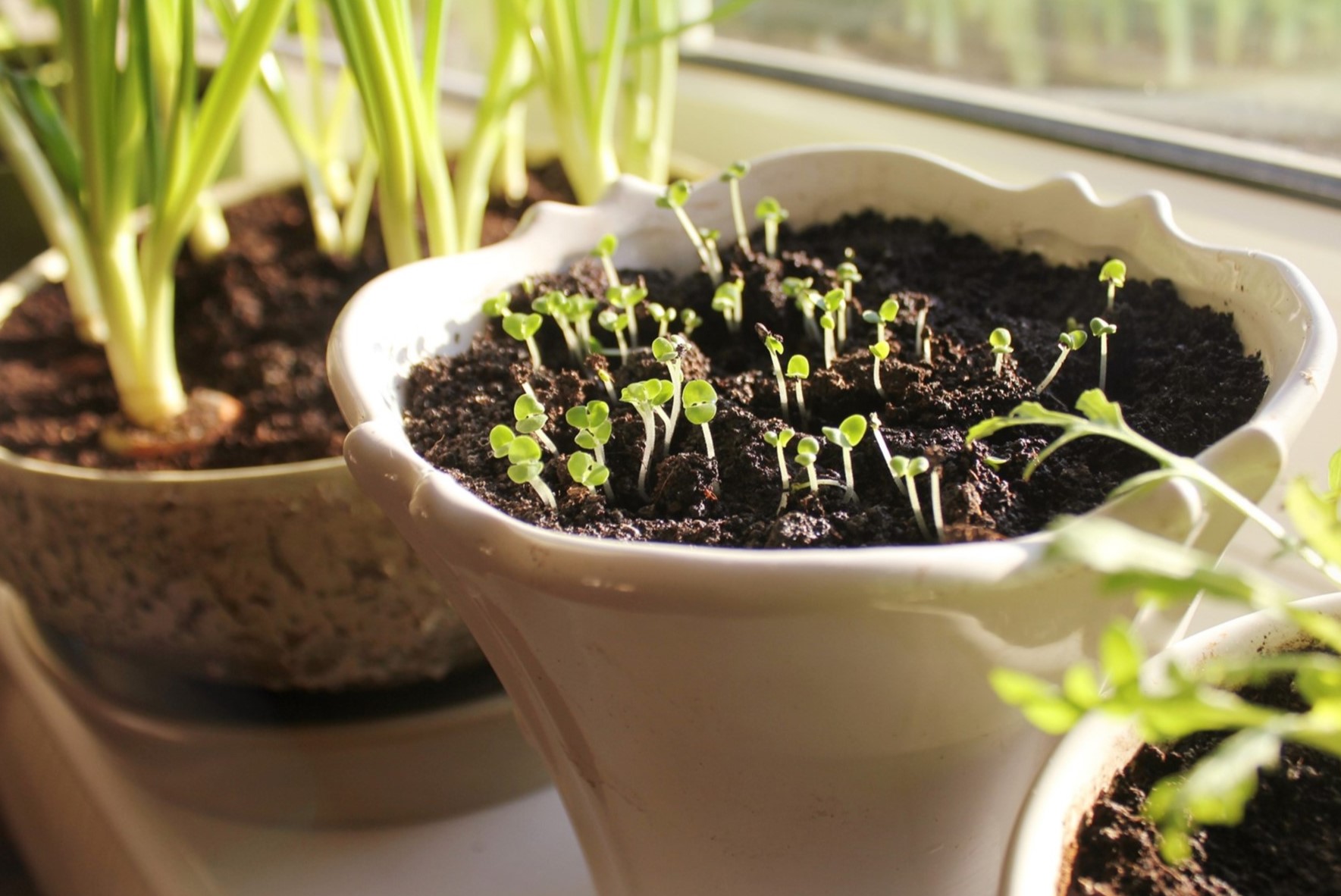
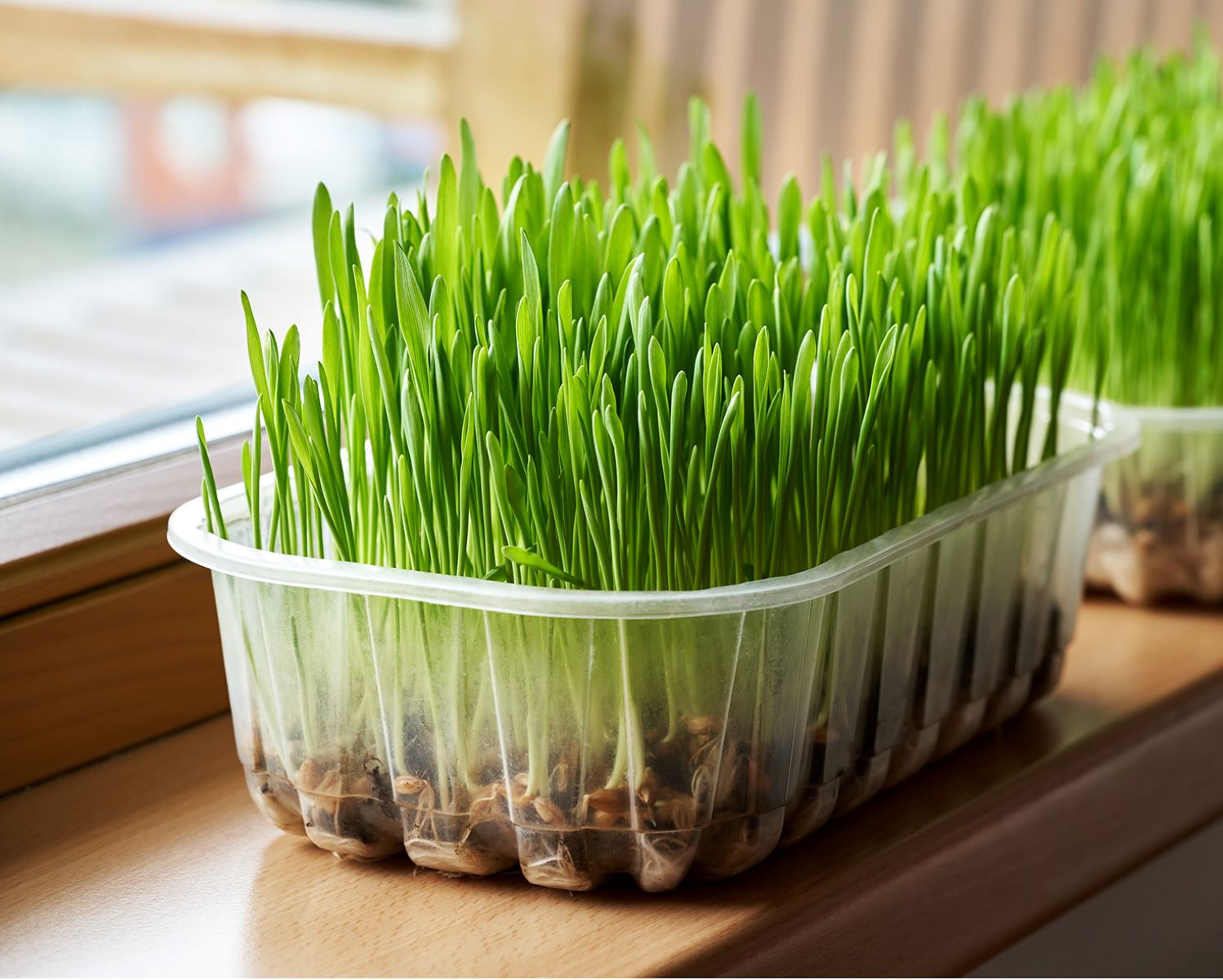
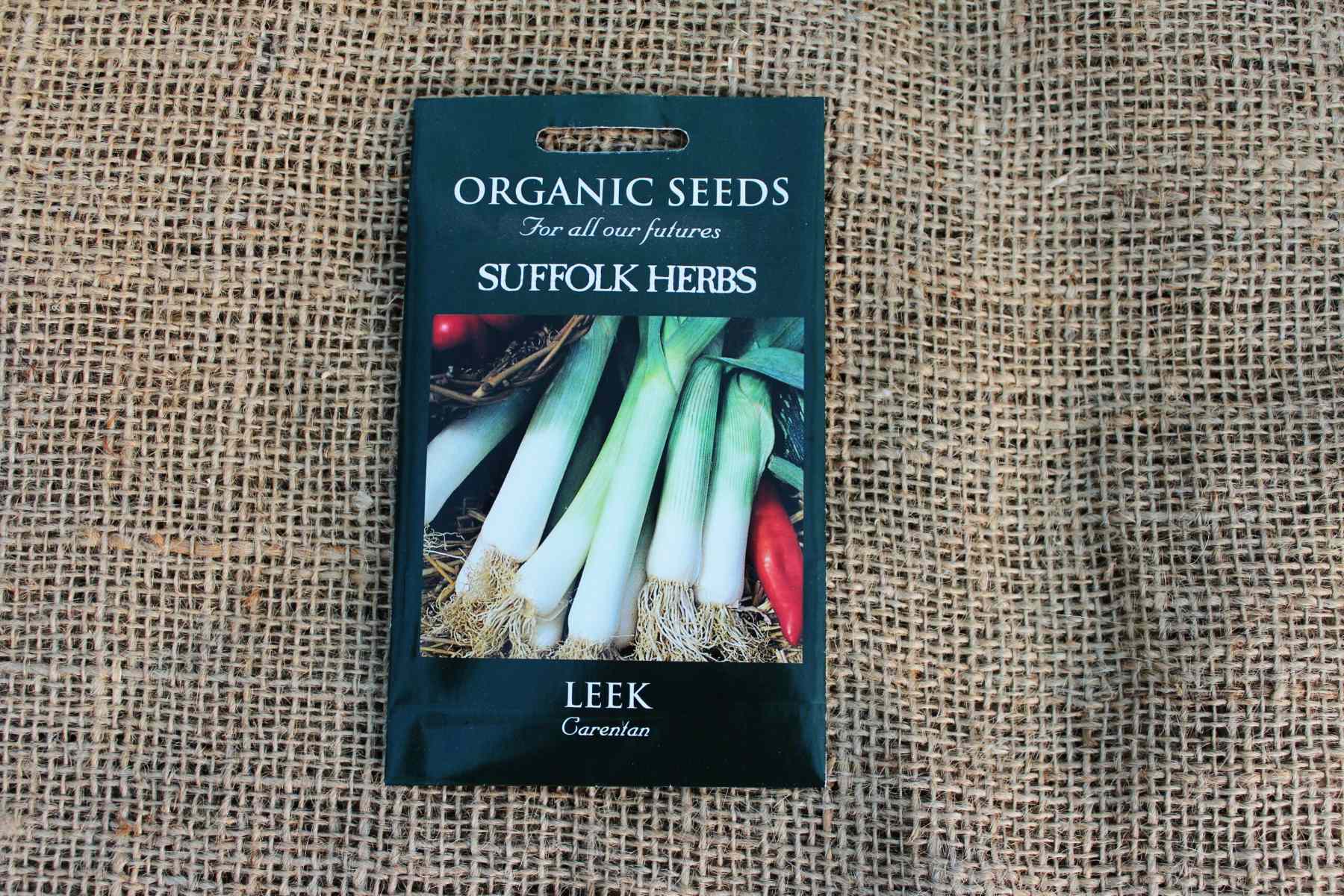

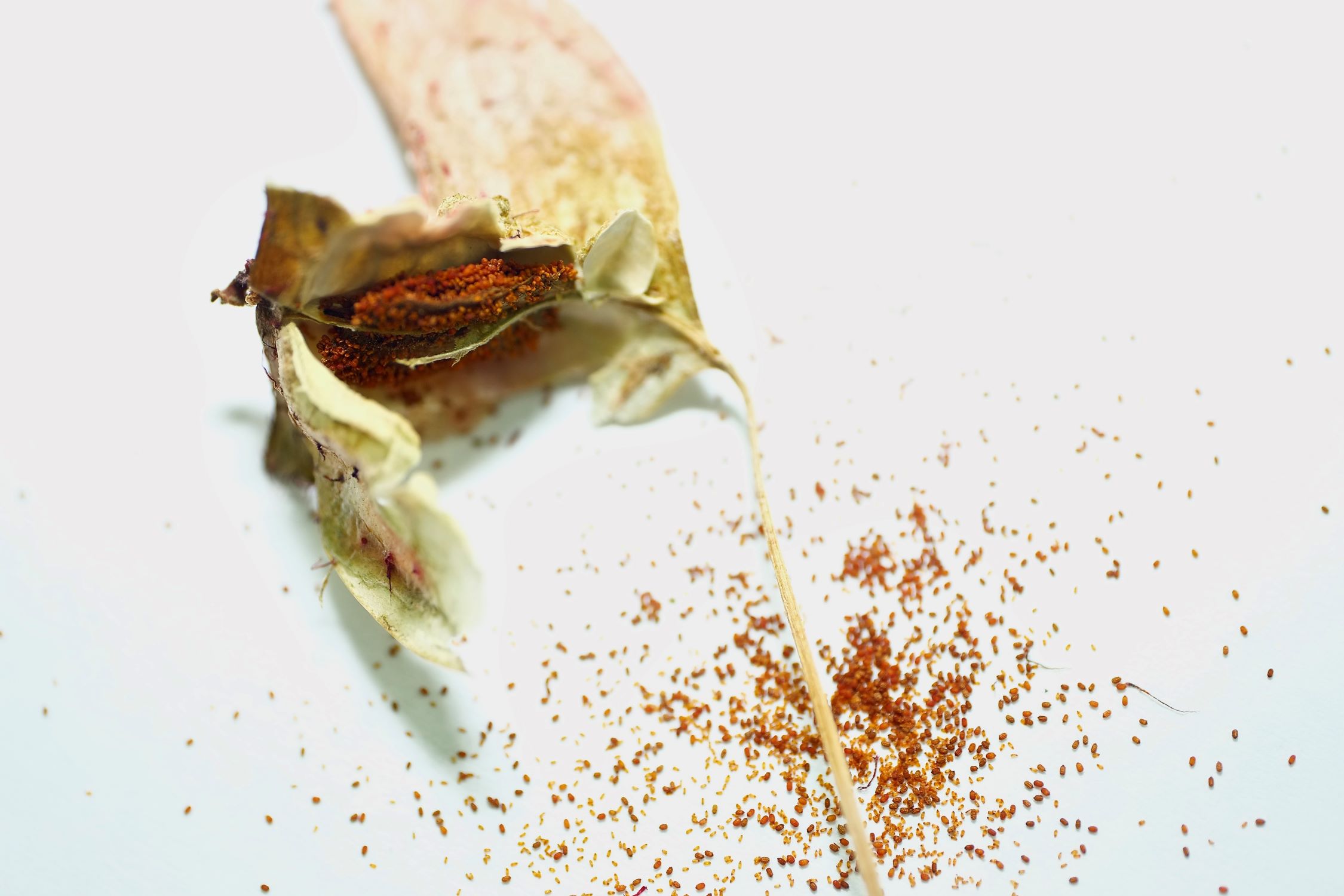
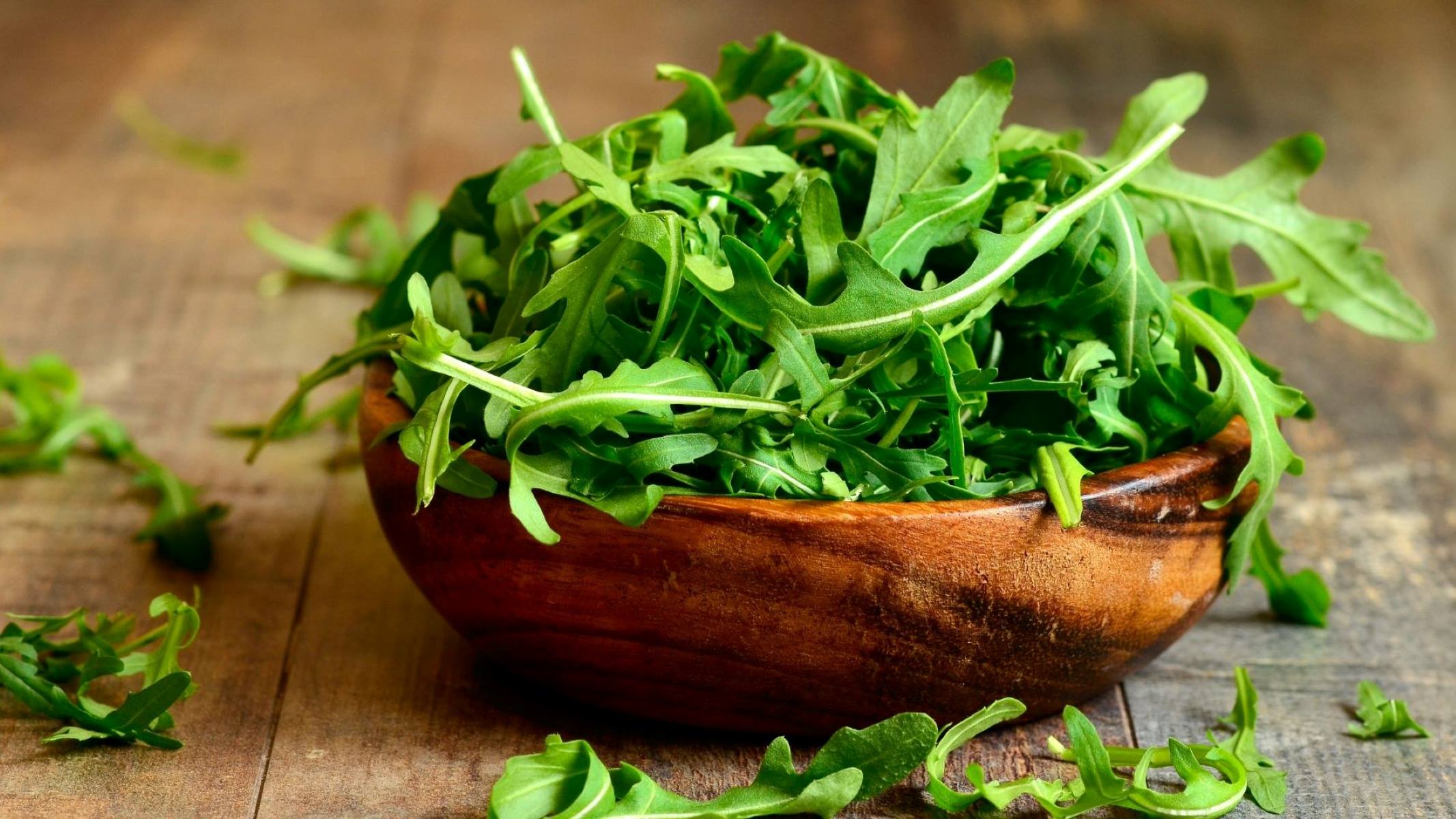
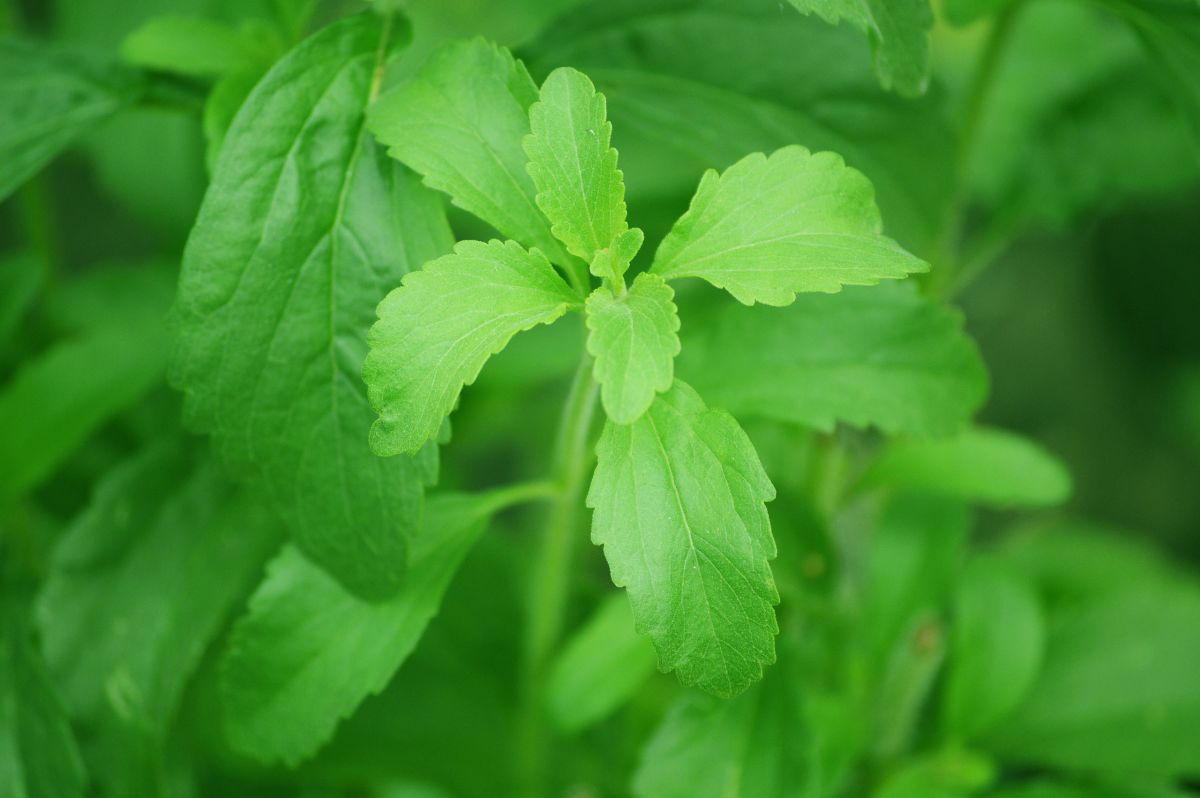
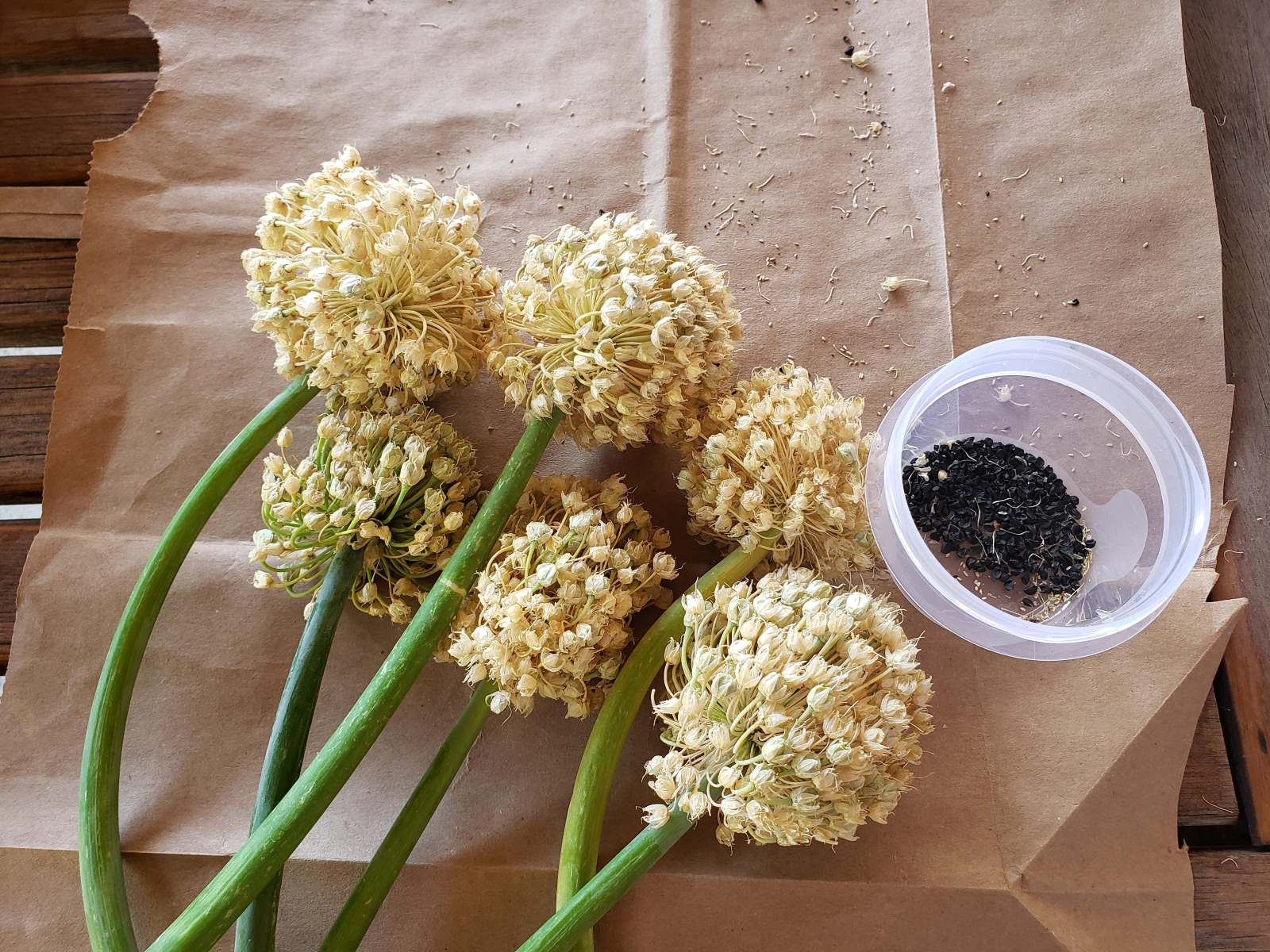
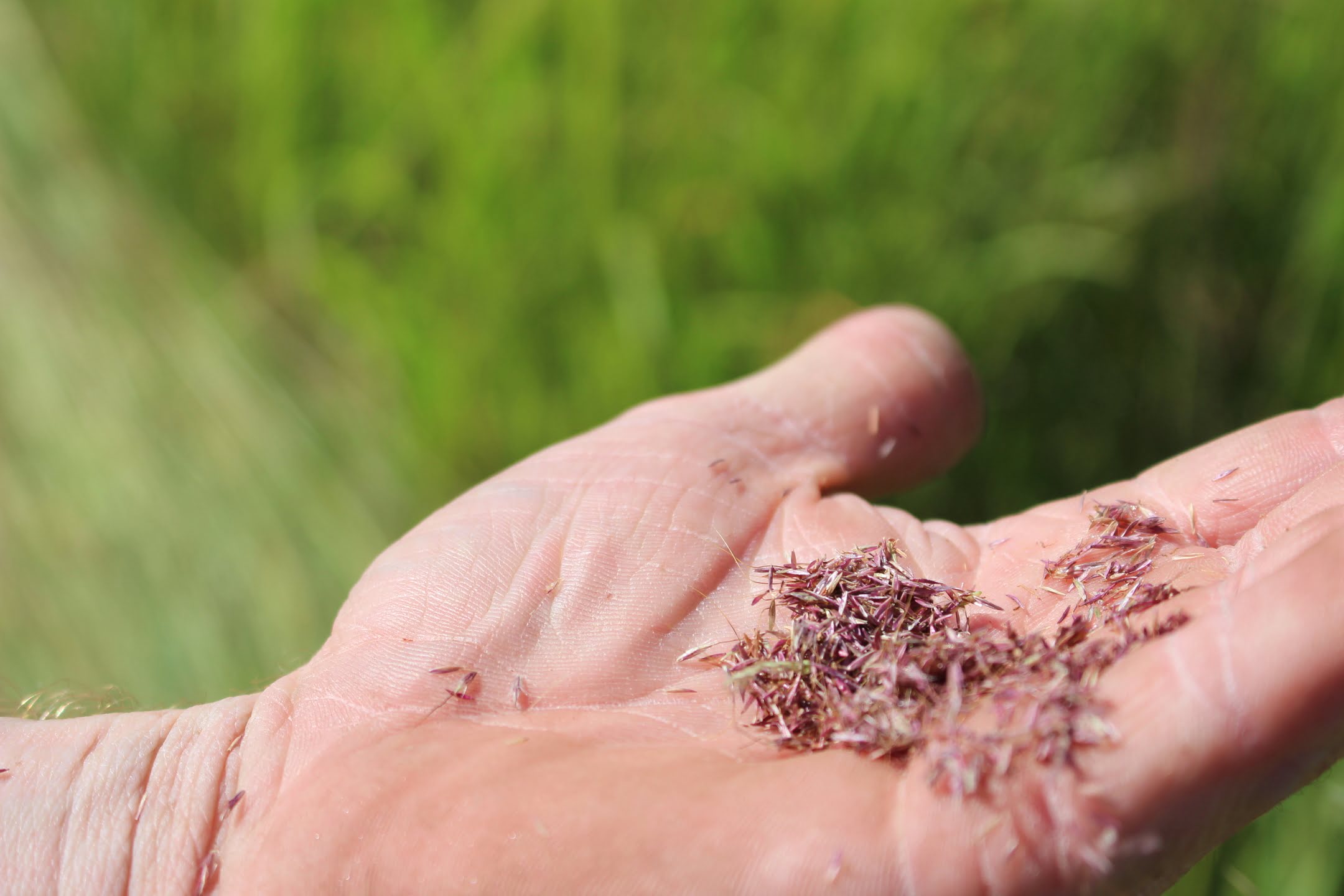

0 thoughts on “When To Harvest Parsley Seeds”